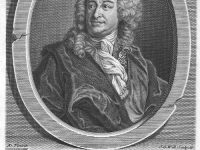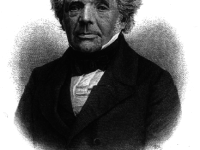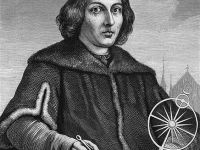Christine Ladd-Franklin and the Theory of Colour Vision
On December 1, 1847, American psychologist, logician, and mathematician Christine Ladd-Franklin was born. She is known for contributions to the theory of color vision accounting for the development of man’s color sense which countered the established views of Helmholtz, Young, and Hering. Her position was that color-sense developed in stages. Christine Ladd-Franklin – Early Years Christine Ladd was born in Windsor, Connecticut, to Eliphalet Ladd, a merchant, and Augusta Niles Ladd. She began…
Read more











